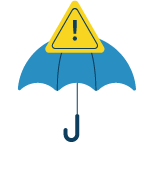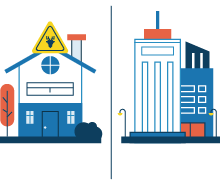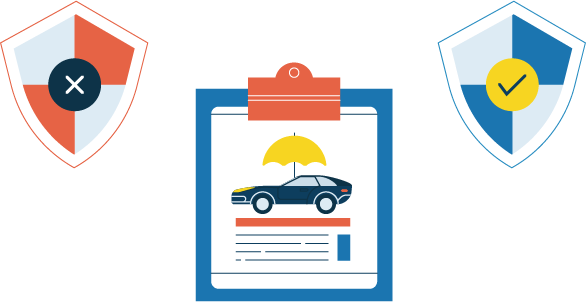
HOW TO SWITCH CAR INSURANCE COMPANIES
CAR INSURANCE
According to a 2023 study, the average percentage saved from a driver shopping around for car insurance was 47%, or a dollar value of $859 per year. Despite this, 38% of insured motorists have never compared rates and simply stick with their current insurance company.
However, shopping around for insurance should not be limited to your insurance policy renewal date. Most insurance companies offer little or no penalty for switching car insurance during the life of your policy. That means you can be constantly vigilant searching for new deals, and switching to take advantage of the best possible deal.
when to shop around
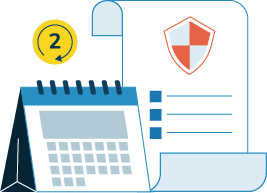
The first thing to know is when to switch car insurance.
There may be a nominal penalty for switching (around $50 with some companies) to encourage too frequently changing your policy terms and carriers. Moreover, since changing your car insurance does involve paperwork, it’s best not to change your insurance more than once or twice a year.
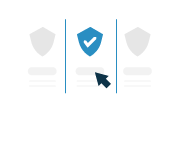
As the $859 figure shows, however; it can be extremely financially viable to change, so you should frequently shop around for insurance deals. With online comparison sites making it ever-easier, you should aim to check once a month to see if there are any great deals out there for you.
You should also shop around if and when any of the following happen:
When You Move
Since insurance rates are calculated based (in part) on where you live, you should start searching for new car insurance policies if you move. Where you live has a major impact on your car insurance.
Geographical factors that auto insurance companies factor include:
-
High insurance fraud areas
-
Rural vs. Urban(rural areas have higher incidents of deer collisions)
-
High theft areas

Along with where you live, you should also let your insurance company know if you buy a home. Not only will this show to insurers that you’re a solid financial prospect, but they may also offer you auto insurance discounts if you were to bundle your homeowners’ insurance with your car insurance policy. Learn more about auto insurance bundling discount
In these instances, your insurance company may drop the rates, so you might get savings without having to change insurers.
When You Get a New Car
For the same reason as moving homes, you should also let your insurance company know when you get a new car.
This is actually mandated by law, so you will have a period of up to one month to update your insurance once you get a new car, though this may be less in some states. Again, your insurance company may lower your insurance rates (or may raise them, depending on what car you buy).
Factors that will affect your insurance rates:
- Cost of Car
- Age of Car
- Type of Car
(a luxury sportscar will be more expensive to repair, so will cause insurance rates to increase).
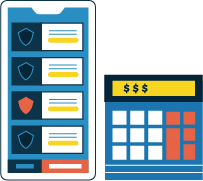
If your rates do increase, then you should certainly run an online comparison. For example, if you buy a luxury sports car, there may be insurers online who specialize in that type of car and can offer a better deal.
When Your Policy Comes Up for Renewal
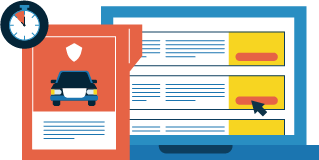
When your insurance policy comes up for renewal, most people just allow their policy to auto-renew, as that is the path of least resistance. However, by shopping around, you could get a better deal from other insurers or encourage your own insurance company to lower their rates.
The average car insurance cost for good drivers is $1,847 per year, which could be reduced to under $1,000 for most drivers if they were to shop around.
Investigate your new insurer
So, you’ve done your research, you’ve found an attractive deal with the new insurer – it’s time to make the switch. Before you do, however, you should make sure to do your research not just on your new policy, but on the company that offers it. Don’t get sucked in by the premium costs; make sure you have done all of your due diligence or you could leave yourself exposed.
Customer Service Record
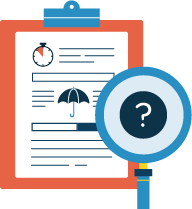
Confirm What Your Policy Includes
As well as comparing the quality of the insurance company, you should also ensure that an attractive annual premium isn’t masking cuts to your insurance coverage levels, or you could find yourself seriously out of pocket in the event of an accident.

Before you make the change, you should go through what your (potentially) new insurance company is offering you to make sure that all of the details are the same.
Check the Following Information Most Closely of All
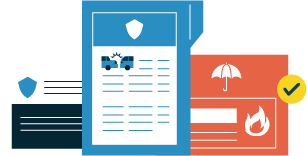
Coverage Types
There is a huge variety of auto insurance types available in a range of different combinations. It can, therefore, be confusing as to what precisely is changing between your old policy, and the new one offered to you by another insurance provider.
As a general rule of thumb, you should check the following three:
-
Coverage Type
-
Limits
-
Deductibles
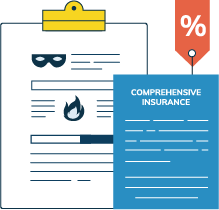
Your coverage type includes what precisely is covered by an insurance company. If you have comprehensive insurance at the moment, but a new company is offering liability only, then you will certainly see a reduction in premiums, but only because you are greatly reducing your coverage.
Savings is only savings if you’re getting comparable coverage, so check (confirm with the new insurance company directly) that they’re offering you the same level of coverage as you had before.
Checking your limits and deductibles follows the same principles as your coverage level. Raising your deductible will leave you out of pocket when it comes to paying for any damages, and, as a result, it will lower your insurance costs (since you’ll be bearing the burden).
Send Declarations Page to Insurers
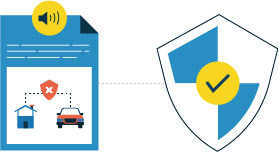
To make sure that you are getting comparable coverage, you should get your declarations page from your insurance company and send it to the potential new insurer. This is a one-page document that details precisely what coverage, limits, deductibles etc. you have under your current policy.

You can tell any new insurer that you’d like them to match all of the provisions. That way, when you compare insurers, you will actually be comparing prices based on the same level of coverage.
Investigate Penalties
Most penalties for changing car insurance are minimal, although you should be sure to check your insurance contract in advance of even beginning this process. After all, if you save $200 per year by switching auto insurance companies, but the penalty is $150 for changing changing car insurance mid-policy period, you have really only saved $50, and you should reconsider whether the change is cost effective.
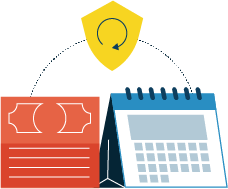
As a secondary factor, you may also be able to get your remaining months refunded if you pay your insurance annually.
For example, if you leave halfway through a six-month policy, your insurer should refund you the remaining six months, minus the fee for leaving. This is an important part of the financial consideration, so be sure to factor it in.
Smooth Transition
Assuming you’ve done all your research, and it is time to change, then you should make sure that the transition from one insurance policy and company to another is as smooth as possible. Use the following steps as a checklist to make sure that you don’t leave yourself overexposed or financially harmed by the switch.

No Lapse in Coverage
The number one most important step to take is to make sure that your new insurance starts the day that your previous insurance finishes. Consider purchasing temporary auto insurance to fill any gaps in coverage.
Having a lapse in coverage is not only risky (you are liable for the full extent of any damage caused when you don’t have insurance, and you may be breaking the law) but can also damage your ability to get insurance in the future.

Auto insurance companies look for coverage gaps when building quotes. Even a gap of a day may count against you.
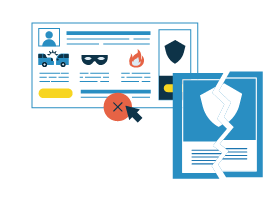
Do i need to cancel car insurance when switching to a new policy?
When you make the change, you should make 100% sure that you have canceled your old policy.
If you pay online, log in to your account and remove your card information from the system. Get a written confirmation from your former insurance company to show that they have canceled your policy.
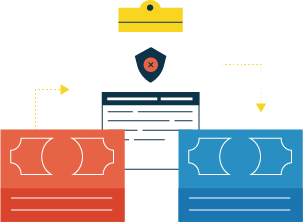
Get a Full Refund
Related to the cancelation of your old policy – make sure that you get all refunds owed to you.
If you paid in full at the beginning of the year, then you are due back the prorated remaining funds (minus any cancelation fee). Again, you should attempt to get a confirmation of this from your insurance company, ideally in writing.
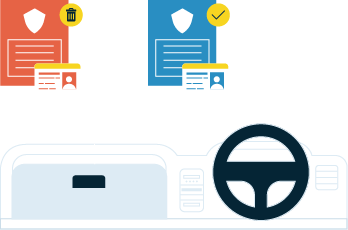
Switch Out Your ID Cards
Once your insurance has switched, don’t forget to change over the ID cards in your car.
You are legally obligated to travel with your proof of insurance in the car; if you are stopped by the police and show out of date insurance details, they can issue you a ticket. To avoid any doubt, when you get your new insurance card, put it straight in your vehicle and destroy the old one.

Tell Your Leasing Company
You should also inform your leasing company if you have changed your car insurance. They will want to see proof that you have the requisite level of coverage.
Most finance companies require you to have collision insurance, so if you have downgraded your insurance too severely, you may have a problem (hence why you shouldn’t automatically switch auto insurance to a less comprehensive coverage).

You will also need to have the car be a named vehicle on the insurance; your leasing company will almost certainly require to send proof of that to them. Most auto insurance companies will send the policy directly to the leasing company.
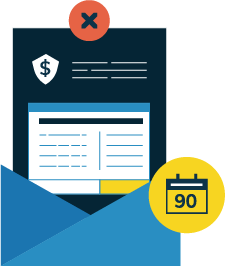
Don’t Claim in The First 90 Days
Now you have your new insurance policy, you have a 90 day probation period in which the insurance company can cancel your policy.
If possible, you should attempt not to make a claim in this period. If you have to make a claim, your insurance company may consider you too high of a risk and decide they don’t want to insure you.
If you switch and then immediately make a claim (whether legitimate or not) an insurance company will place the claim under additional scrutiny and, even if they do pay out, it is likely to take much longer.
Changing your car insurance can be an extremely financially savvy thing to do. However, to do it properly, you must research your options, make solid calculations on your risk and the costs of changing, and then manage the process as smoothly as possible. If you are prepared to do the work, you can save a great deal of money.
Read more: How to Manage Your Auto Insurance Policy


